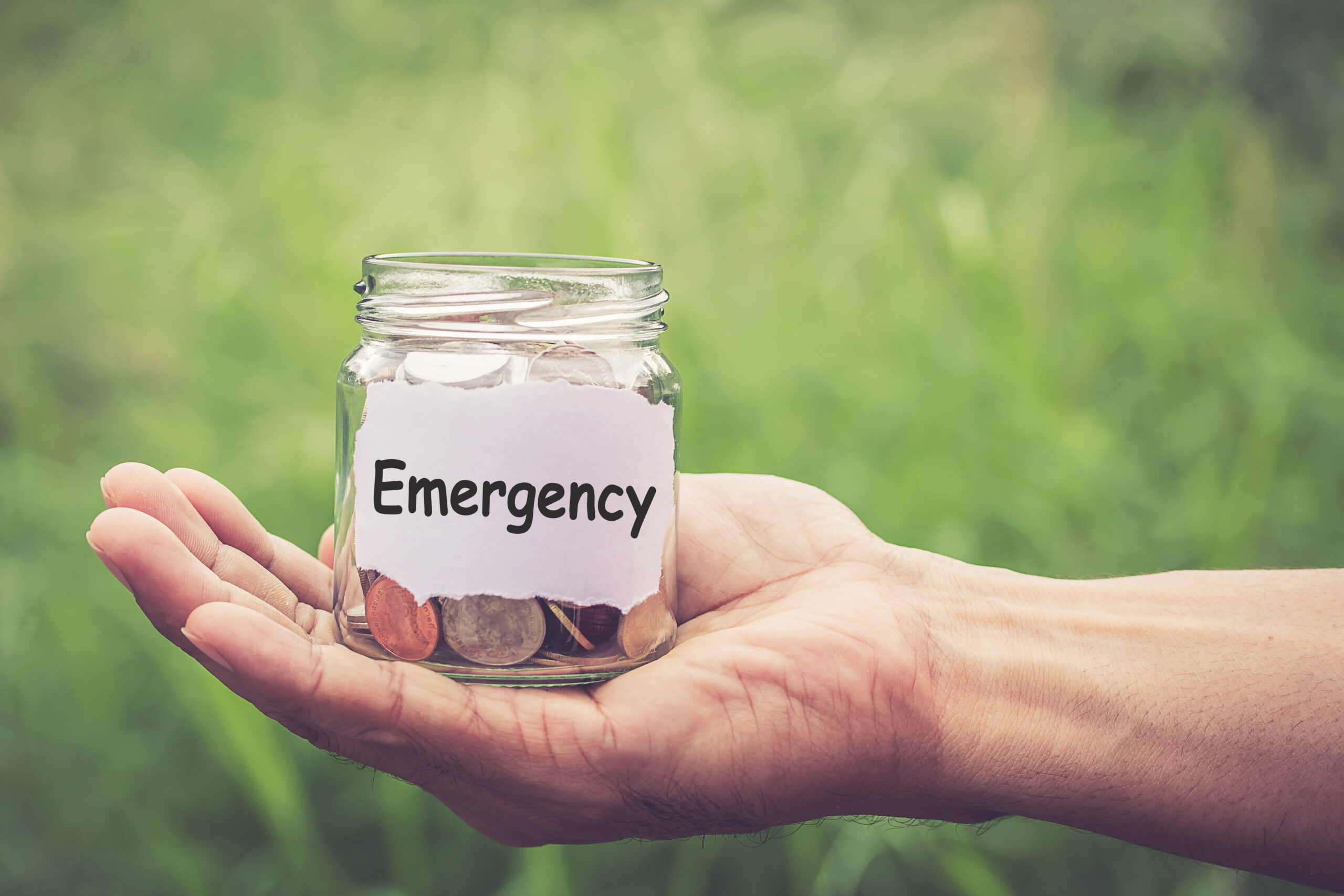Life is full of uncertainties, and unexpected events might happen at any time. Having a financial safety net is critical in the event of a medical emergency, a sudden job loss, car repairs, or any other unforeseen expense. This is where having an emergency fund comes in handy. An emergency fund is a collection of funds set aside to cover unforeseen bills and safeguard your financial well-being. This post will discuss the significance of having an emergency fund and how to create financial resilience using a savings account.

Understanding the Importance of an Emergency Fund
Before we get into the technicalities, let’s first grasp why an emergency fund is essential. Consider the following scenario: You’ve been careful with your money, but your automobile breaks down and requires an expensive repair. If you don’t have an emergency fund, you may have to use credit cards or take out loans to cover the cost, which can lead to debt and financial stress.
An emergency fund serves as a financial safety net, providing peace of mind during difficult times. It gives you a cushion to deal with unexpected occurrences without compromising your long-term financial goals. Having this cushion can help to lessen stress, anxiety, and the urge to go into debt when an emergency arises.
How Much Should You Put Towards an Emergency Fund?
The size of your emergency fund will vary depending on your unique circumstances, but financial experts often recommend saving three to six months’ worth of living expenses. In the event of a prolonged crisis, such as job loss, this amount ensures that you can handle critical bills like rent or mortgage payments, groceries, electricity, insurance, and other vital expenses.
Calculate your monthly expenses by multiplying them by the number of months you want to save for. Begin with a manageable goal, such as saving one month’s worth of costs, and work your way up from there. Remember that every dollar you save counts and adds to your financial stability.
Choosing the Right Savings Account:
A savings account is the best way to start building your emergency fund. A savings account has various advantages over other investing options, most notably liquidity, security, and simplicity of access. Here are some of the reasons why a savings account is an ideal choice for your emergency fund:
High liquidity: In an emergency, you may require immediate access to your funds. Unlike investments that have lock-in periods or penalties for early withdrawals, a savings account allows you to take funds whenever you need them.
Safety: Savings accounts are often offered by reputable financial organizations and are government-insured up to a specified limit. This implies that your money is safe and secure even if the bank runs into financial troubles.
Minimal Risk: Savings accounts, while not offering significant interest rates when compared to other investment options, carry a low risk. Unlike stocks or bonds, the main amount in a savings account is unlikely to decline.
Ease of Use: Setting up and managing a savings account is simple. You can easily keep track of your balance, deposits, and withdrawals with online banking.
How to Build an Emergency Fund?
It takes time and discipline to build an emergency fund, but the peace of mind it provides is well worth the effort. To get started, follow these tips:
Set a Realistic Budget: Examine your monthly income and expenses to see where you might cut back. As a priority, set aside a portion of your salary for an emergency fund, just as you would for paying bills.
Automate Savings: Set up automated transfers to your savings account. Setting up automatic deposits guarantees that a portion of your income goes directly to your emergency fund, where it is not tempted to be spent.
Use Windfalls wisely: Consider placing a major amount of any unexpected money, such as a bonus, tax refund, or gift, into your emergency fund.
Avoid Temptation: Keep your emergency savings separate from your regular checking account to avoid temptation. This division may decrease the temptation to use the fund for non-emergency purposes.
Review and Adjust: Review your emergency fund’s progress on a regular basis and adjust your contributions based on changes in your financial circumstances. Your savings goals may need to be adjusted when your income or spending change.
Conclusion:
The basis of financial resilience is an emergency reserve. It provides stability during difficult times and keeps you from getting into a debt cycle. By creating an emergency fund in your savings account, you create a safety net that helps you deal with life’s uncertainties with confidence.
Remember that saving for an emergency is a journey that takes discipline and patience. Begin small and make continuous contributions. With time, you’ll have a solid financial cushion that will allow you to deal with any unexpected issues that come your way.

